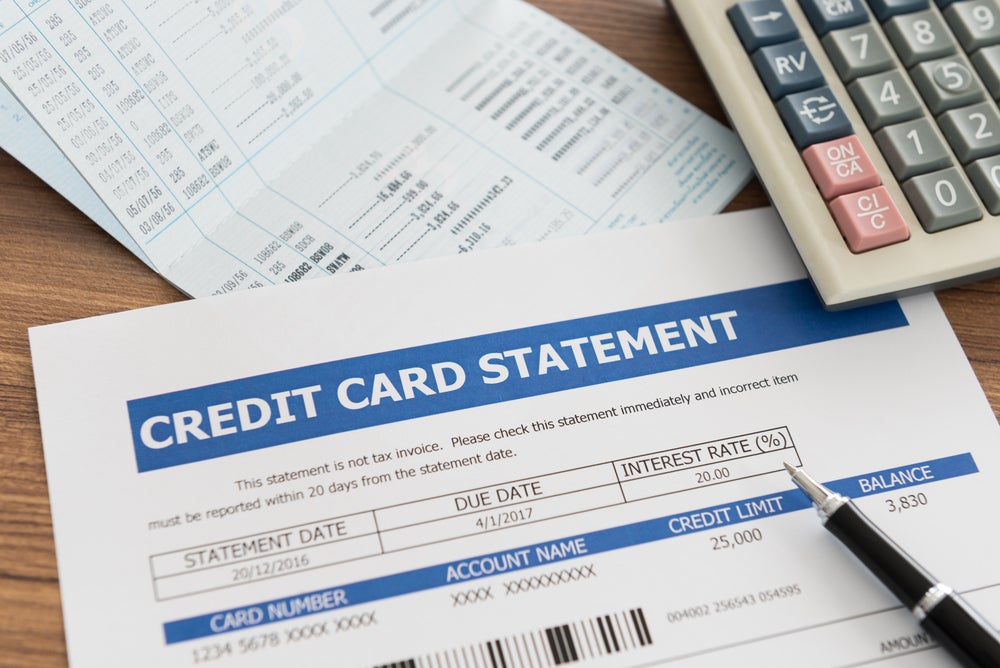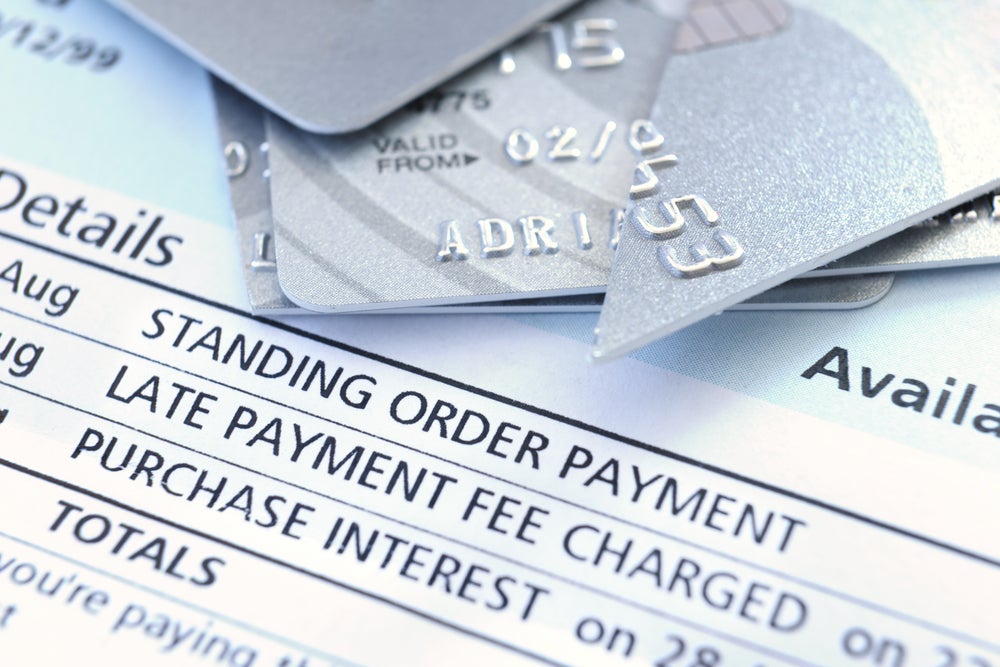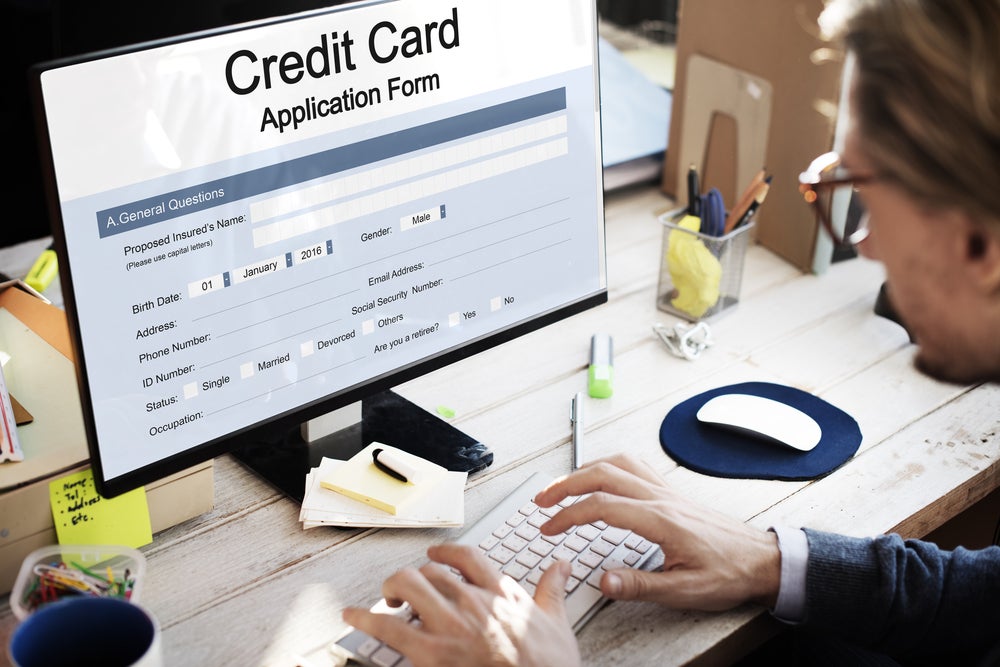Susan Wright
Susan Wright
Former Finance Contributor
16 Published Articles
Countries Visited: U.S. States Visited:
Susan earned a BA from Michigan State University and her MBA from St. Louis University and has spent more than 25 years as a financial copywriter. She holds 11 financial industry designations, includi...
Edited by: Keri Stooksbury
Keri Stooksbury
Editor-in-Chief
73 Published Articles 3699 Edited Articles
Countries Visited: 54U.S. States Visited: 28
Editing with Upgraded Points for over 6 years, as editor-in-chief, Keri manages the editorial calendar and oversees the efforts of the editing team and over 20 content contributors, reviewing thousand...





![Marriott Bonvoy Boundless Credit Card — Full Review [2025]](https://upgradedpoints.com/wp-content/uploads/2020/01/marriott_bonvoy_boundless_card.png?auto=webp&disable=upscale&width=1200)
![Marriott Bonvoy Bold Credit Card — Full Review [2025]](https://upgradedpoints.com/wp-content/uploads/2019/06/bonvoy-bold-credit-card.png?auto=webp&disable=upscale&width=1200)
![Marriott Rewards® Premier Credit Card — Full Review [2025]](https://upgradedpoints.com/wp-content/uploads/2018/02/marriott-rewards-premier-card-art.jpg?auto=webp&disable=upscale&width=1200)
![British Airways Visa Signature Card — Full Review [2025]](https://upgradedpoints.com/wp-content/uploads/2018/03/british-airways-visa-signature.png?auto=webp&disable=upscale&width=1200)